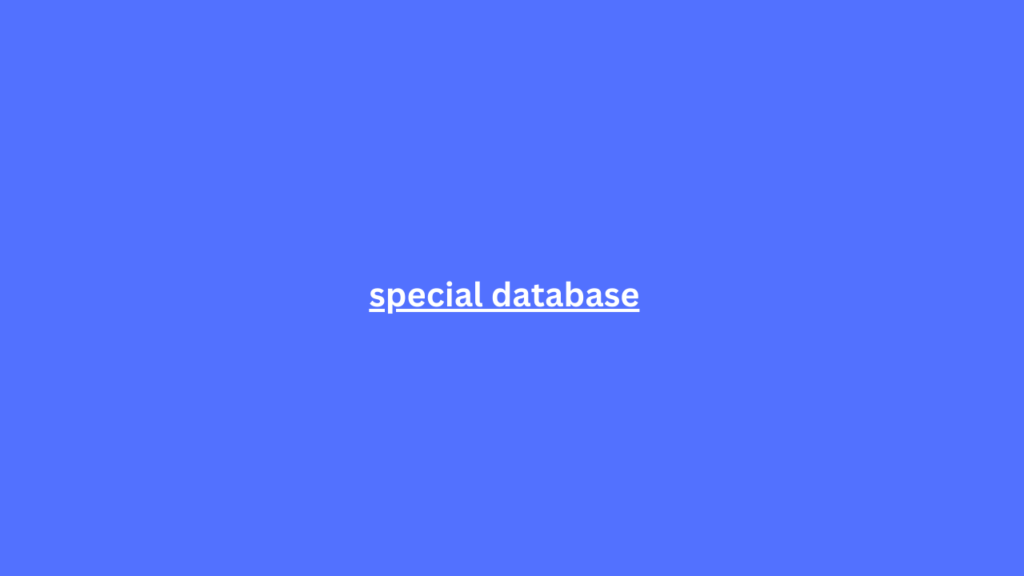Lead generation content formats and types to convert your B2B audience
Posted: Tue Dec 17, 2024 7:01 am
The conversion funnel and the specific content marketing formats for each stage of the Marketing Funnel remain an enigma for many. Furthermore, the funnel and its phases can vary depending on the industry and especially when we talk about B2B or B2C.
But despite this, the marketing funnel is a critical element of Inbound Marketing to accompany and guide our potential customers throughout the entire purchasing process in a progressive special database manner. That is, from the moment that potential customer becomes aware of our brand, becomes interested in it and interacts with it, until they convert and become a customer in their own right. It is important to keep in mind that this process occurs almost naturally, without putting pressure on that potential customer.
In this article, we'll go into more detail about what the marketing funnel is and what its different stages are. In particular, we'll look at the second phase of the funnel, also called the Middle of the Funnel (MOFU). We'll talk about what happens at that point and what content marketing formats are most appropriate to get that lead to move on to the next stage. But first, let's look at what the conversion funnel is and why it's important to have quality content targeted at each of the stages.

Greater engagement. Having more content and more visibility can increase the number of followers, likes, comments and times that a particular piece of content is shared. All of this can improve engagement on our networks.
You help combat information overload , or, in other words, information intoxication, by offering your users quality filtered content.
How is content curation different from content aggregation?
Content aggregation involves publishing content as is. Content curation, on the other hand, requires someone who can discern whether the content is of value to the brand or company's audience. Content aggregation works very well in financial or stock market industries, while content curation is used more for niche audiences.
But despite this, the marketing funnel is a critical element of Inbound Marketing to accompany and guide our potential customers throughout the entire purchasing process in a progressive special database manner. That is, from the moment that potential customer becomes aware of our brand, becomes interested in it and interacts with it, until they convert and become a customer in their own right. It is important to keep in mind that this process occurs almost naturally, without putting pressure on that potential customer.
In this article, we'll go into more detail about what the marketing funnel is and what its different stages are. In particular, we'll look at the second phase of the funnel, also called the Middle of the Funnel (MOFU). We'll talk about what happens at that point and what content marketing formats are most appropriate to get that lead to move on to the next stage. But first, let's look at what the conversion funnel is and why it's important to have quality content targeted at each of the stages.

Greater engagement. Having more content and more visibility can increase the number of followers, likes, comments and times that a particular piece of content is shared. All of this can improve engagement on our networks.
You help combat information overload , or, in other words, information intoxication, by offering your users quality filtered content.
How is content curation different from content aggregation?
Content aggregation involves publishing content as is. Content curation, on the other hand, requires someone who can discern whether the content is of value to the brand or company's audience. Content aggregation works very well in financial or stock market industries, while content curation is used more for niche audiences.